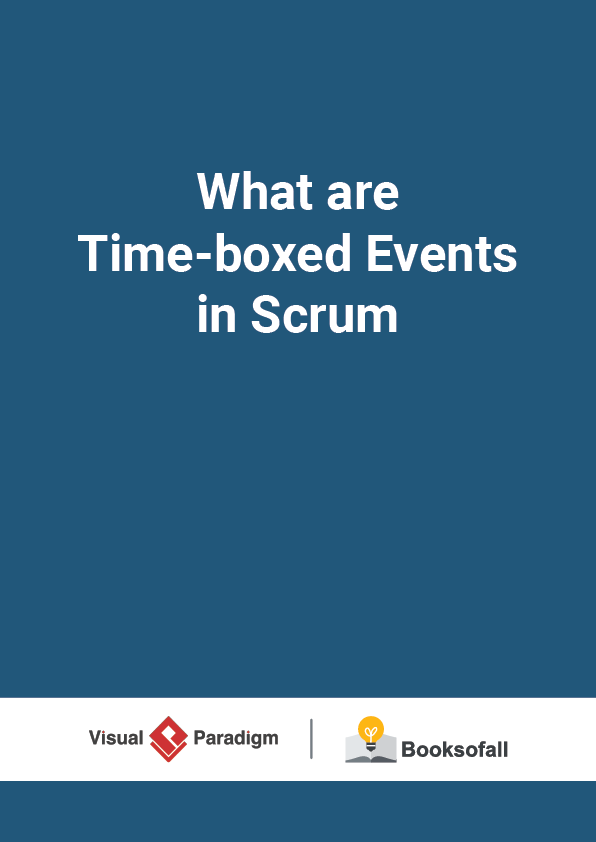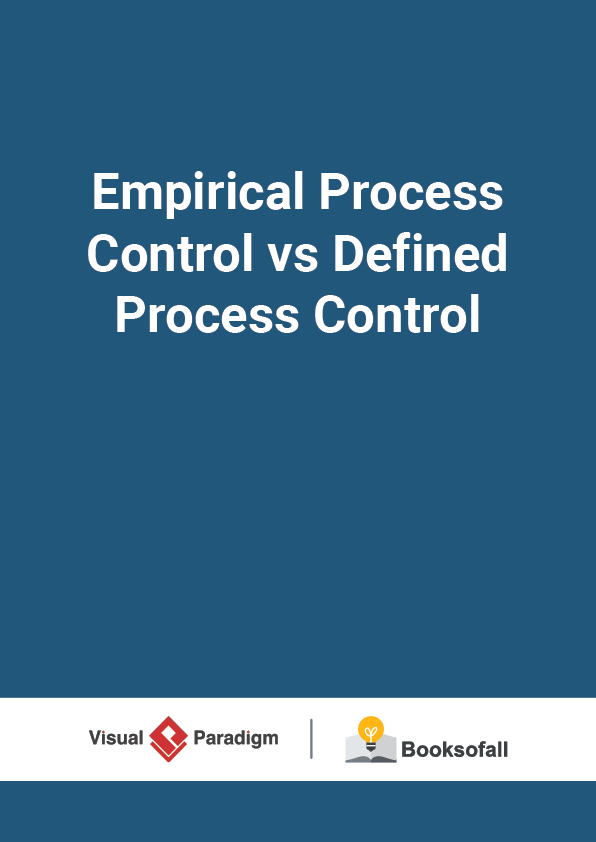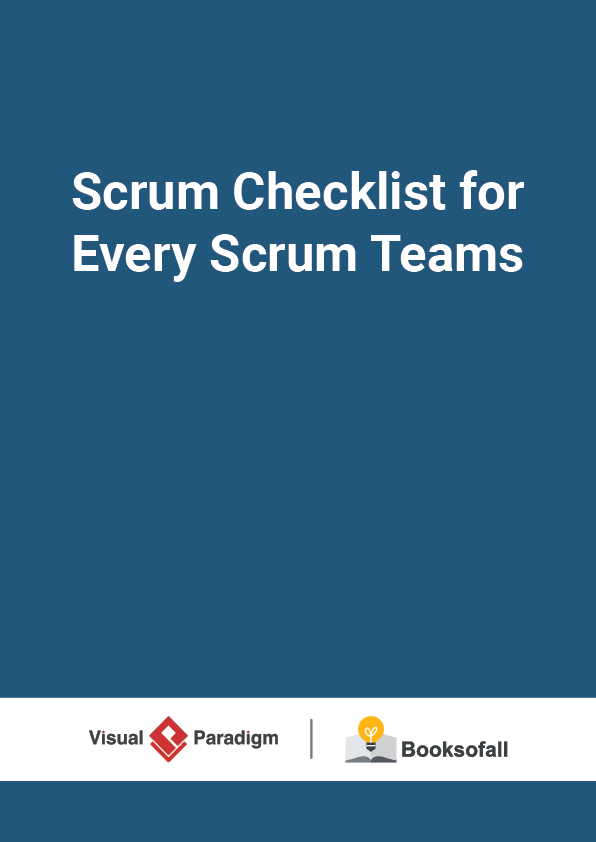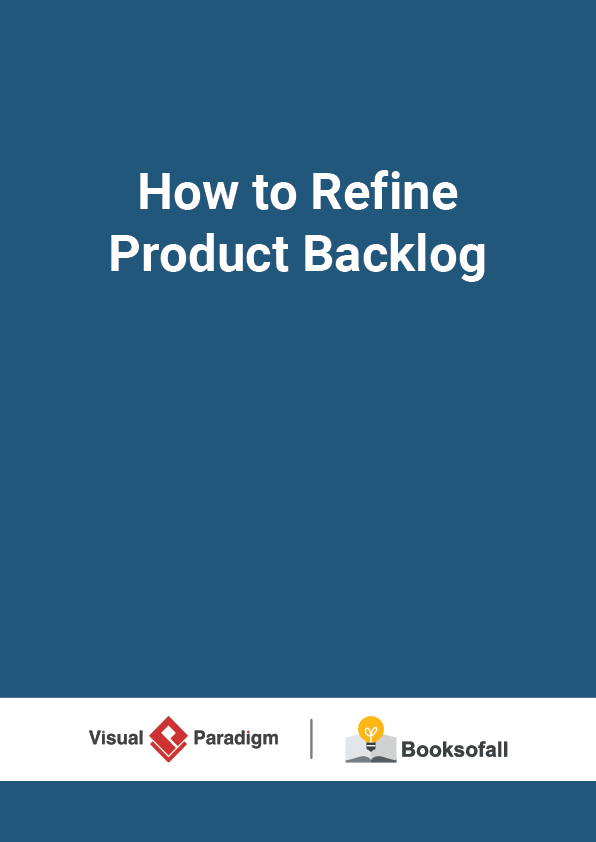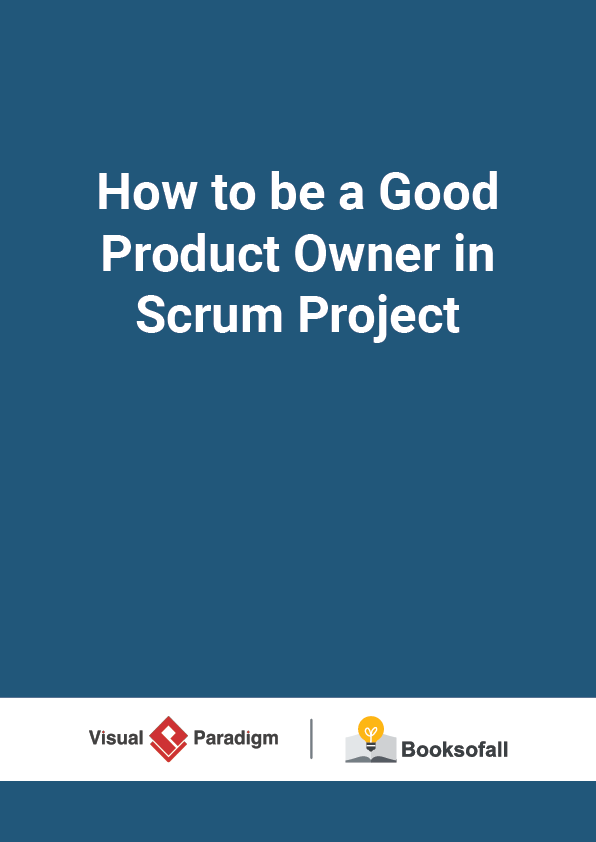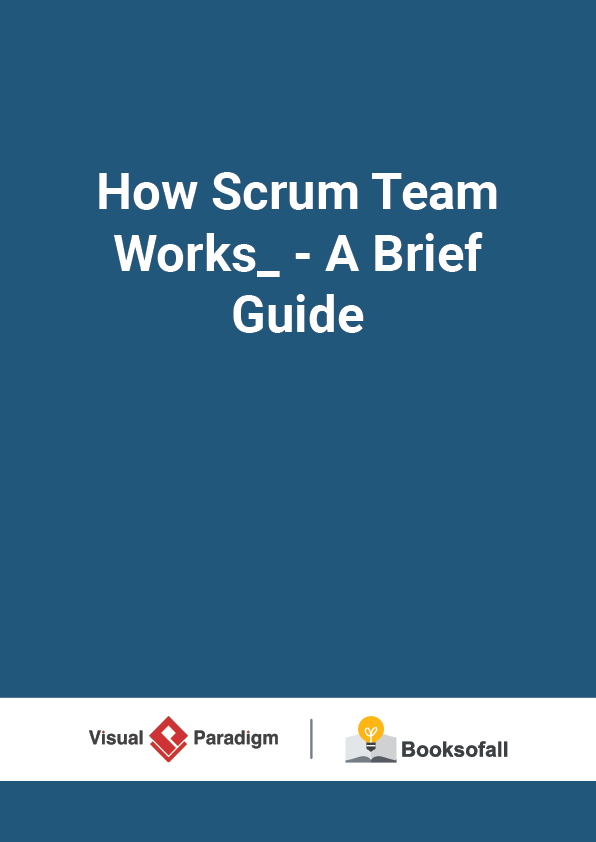What are Time-boxed Events in Scrum?
5-6 minutes
Timeboxing is allotting a fixed, maximum unit of time for an activity. That unit of time is called a time box. The goal of timeboxing is to define and limit the amount of time dedicated to an activity. Timeboxing is a common feature of many project management methodologies because timeboxing keeps teams focused on accomplishing the task at hand by providing a clear definition of done .
Five Scrum Events
In Scrum , timeboxing is a critical component of all five events. Some Scrum teams also use timeboxing during a Sprint to concretely define open-ended tasks. In our other articles, we have discussed 3 Roles and 3 Artifacts in Scrum. There are five events in Agile Scrum Framework. In this article, we are going to discuss 5 events in the Scrum Framework and all these five events in Scrum are timeboxed.
Five Scrum events
1. Sprint Planning : When a team launches, they establish the timebox for the Sprint Planning meeting . As noted in the Scrum Guide, a Sprint planning meeting should be timeboxed at 8 hours or less for a one-month Sprint. The shorter the Sprint, the shorter the timebox should be for Sprint Planning. At Scrum Inc., we recommend one-week Sprints and a two-hour timebox for Sprint Planning.
2. Daily Scrum : The Daily Scrum is a timebox of 15 minutes for each 24-hour period that helps the Scrum Team synchronize activities and make visible any impediments to achieving the Sprint Goal .
3. Sprint Review : The Sprint Review is a timebox of four hours or less for one-month Sprints. During the Sprint Review, Sprint Backlog items delivered during the sprint are demonstrated and inspected. It is also a time to adapt the backlog based on feedback.
4. Sprint Retrospectives : The Sprint Retrospective is a timebox of three hours or less for a one month sprint. This is an event in which the team inspects itself and identifies a process improvement that the team will implement in the following sprint.
5. Sprint : Timeboxing is used to define the length of the Sprint. The Sprint is a timebox of one month or less in which the scrum team will deliver the Sprint goals. At Scrum Inc., our Sprint timebox is one week and this is what we recommend to teams that we coach.
How Scrum Events are Timeboxed? Figures and Percentages
The prescribed time-boxes are based on a sprint of 1 month. For shorter Sprints, the event is generally shorter. The time-boxes are:
- Daily Scrum: 4.5 minutes;
- Sprint Planning: at most 8 hours;
- Sprint Review: at most 4 hours;
- Sprint Retrospective: at most 3 hours;
If we also consider the on-going activity of refining the Product Backlog requires on average 10% of the capacity of the Development Team according to the Scrum Guide:
For a full-time developer in a 4-week Sprint, the Scrum events take at most 22.5% of the time:
- Full-time: 160 hours per
- Sprint Scrum events: 20 hours
- Backlog refinement : at most 16 hours
Time boxed scrum events
Here are the percentage for each of the 5 events in Scrum as shown in the Pie Chart below:
Time boxed scrum events chart
Summary
Scrum uses time-boxed events, such that every event has a maximum duration. This ensures an appropriate amount of time is consumed in the events prescribed without waste in the Sprint process. Prescribed events are used in Scrum to create regularity and to avoid the need for other events not defined in Scrum. In addition to the Sprint itself, which is a container for all other 4 scrum prescribed events, each event has a defined goal to provide the opportunity to inspect and adapt various things for achieving the corresponding goal.
